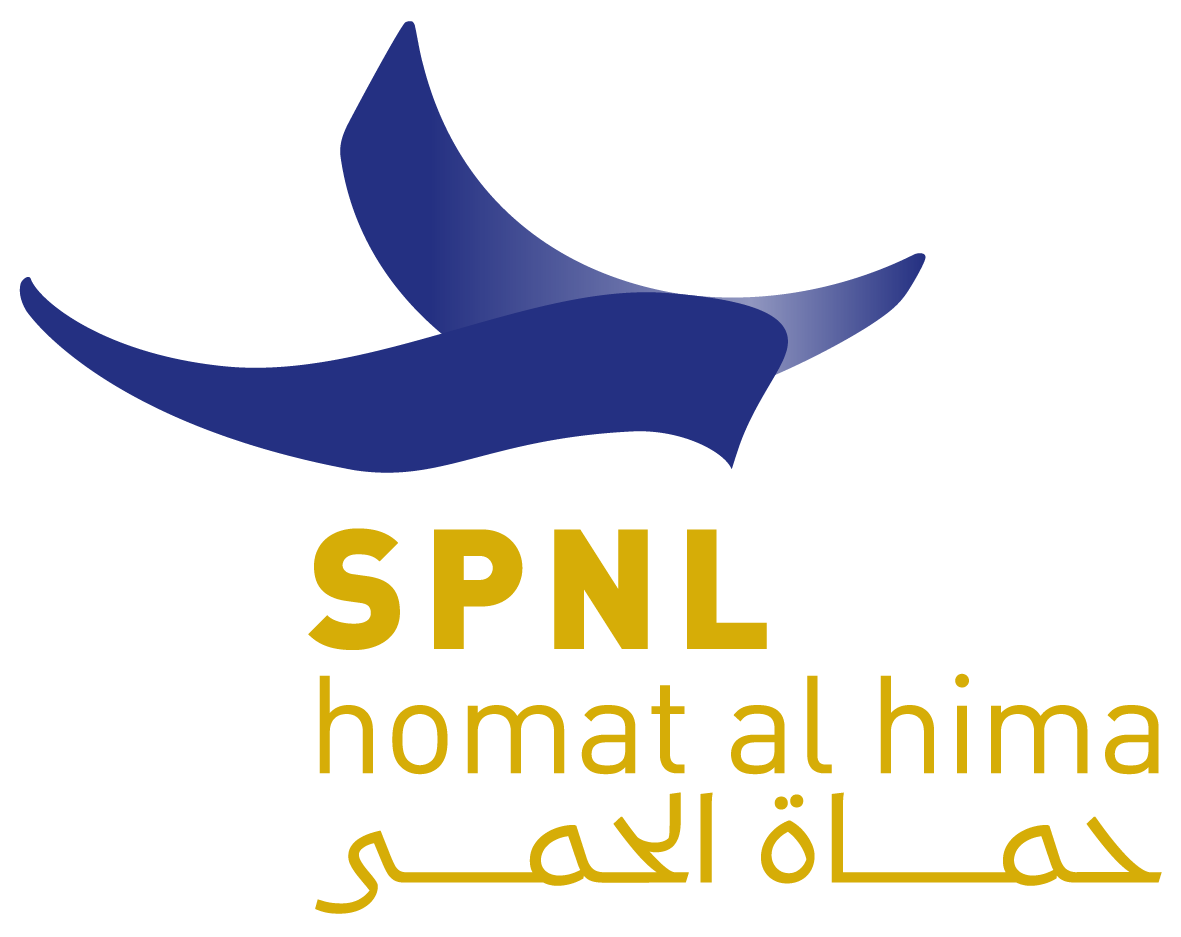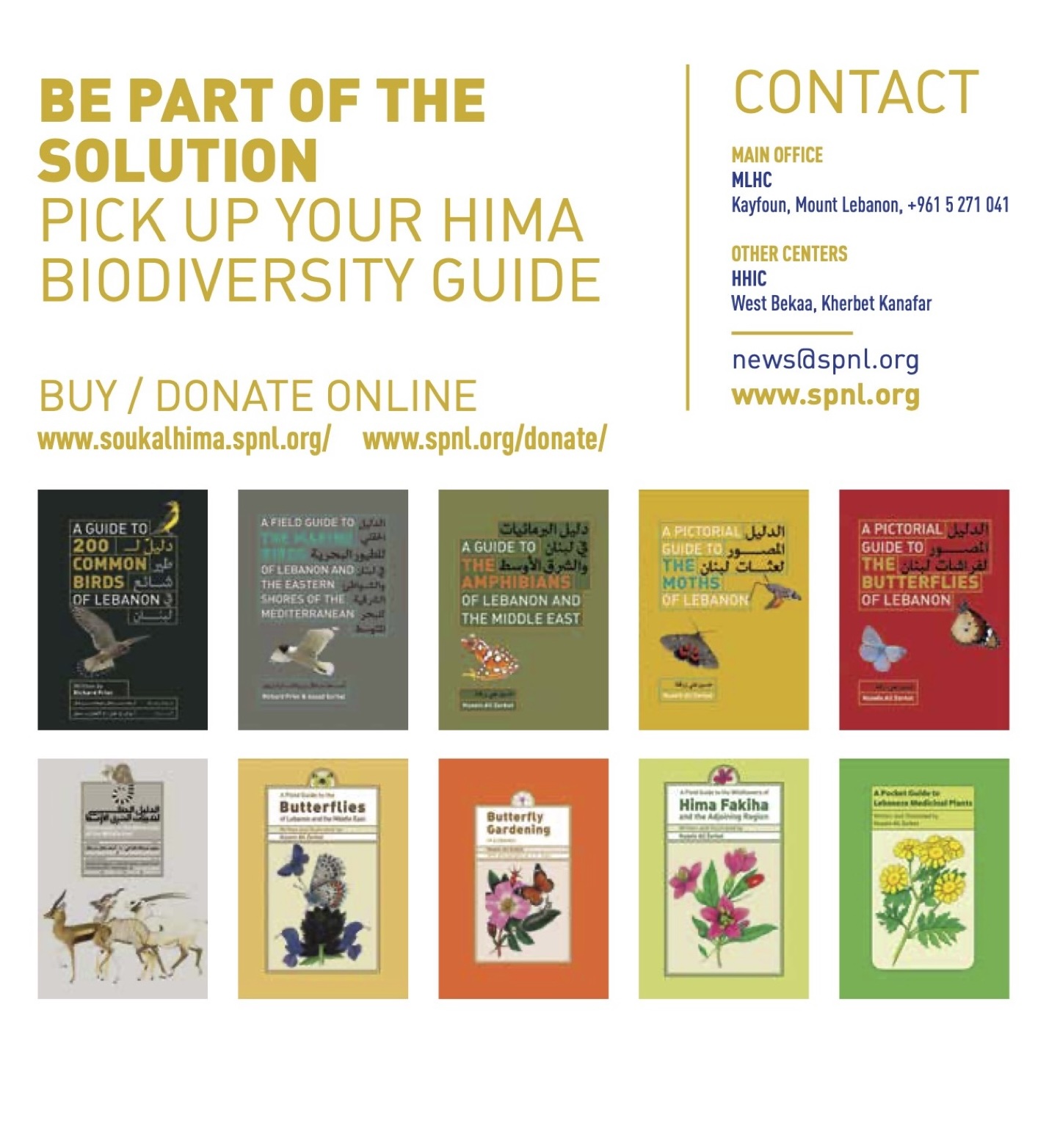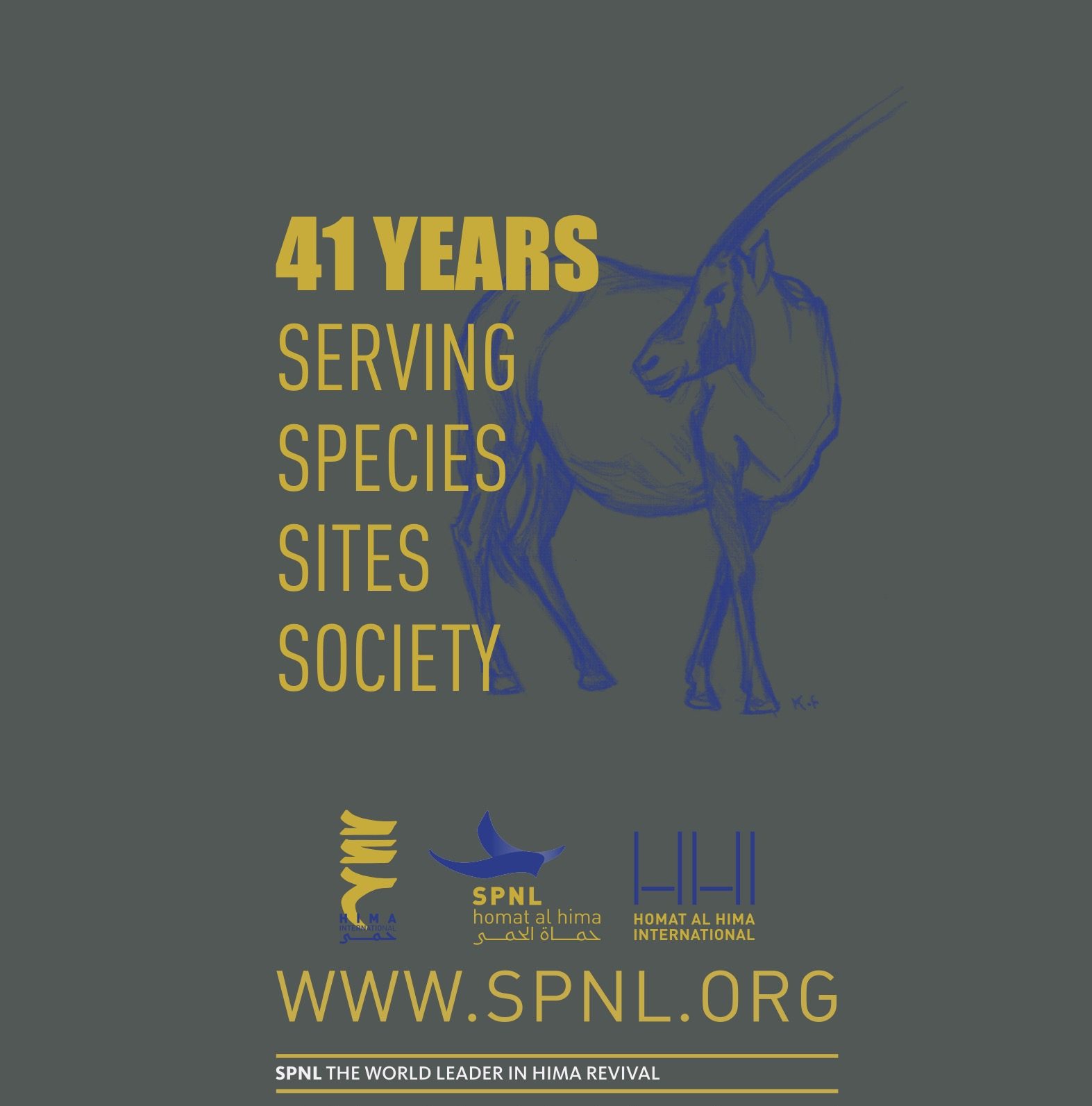As Prime Minister Dr. Nawaf Salam gathered ministers, governors, and senior officials at the Grand Serail this week to address the chronic pollution choking the Litani River and Lake Qaraoun, the urgency in the room was palpable. Decades of neglect, illegal dumping, untreated wastewater, and now, unprecedented drought, have turned Lebanon’s longest river into an environmental emergency zone. Yet, alongside grim statistics and alarming forecasts, one model of hope and regeneration continues to rise from the heart of the Beqaa Valley: the Hima approach.
The Society for the Protection of Nature in Lebanon (SPNL), Lebanon’s oldest environmental NGO and a pioneer in community-based conservation, has been quietly but powerfully working for years along the Litani River Basin to restore ecological balance, empower communities, and offer a tangible path forward. Rooted in the ancient Arab conservation system of Hima—which means “protected place” in Arabic—SPNL’s strategy is simple yet transformative: put local communities at the center of environmental stewardship.
From Crisis to Community: The Hima Answer to the Litani’s Plight
“We cannot treat rivers like sewage canals and expect them to nurture life,” says Assad Serhal, SPNL’s Director General and a leading voice in reviving the Hima concept. “Restoration is not just about removing pollutants—it’s about reweaving the social and ecological fabric around the river.”
SPNL’s work on the Litani spans several critical interventions. With the support of the EU-funded BioConnect project and the Donors’ Initiative for Mediterranean Freshwater Ecosystems (DIMFE) , SPNL has partnered closely with municipalities in the upper and mid-Litani basin to establish community-managed Himas.
These initiatives, developed in close cooperation with the Litani River Authority and relevant ministries—including the Ministry of Environment and the Ministry of Agriculture—aim not just to clean but to protect the river by addressing pollution at its roots: improper waste management, unregulated agriculture, lack of awareness, and disconnect between people and place.
DIMFE: A Committed Partner for Freshwater Restoration
The Donors’ Initiative for Mediterranean Freshwater Ecosystems (DIMFE) is a funding mechanism focused on the conservation and restoration of freshwater ecosystems across the Mediterranean basin. By supporting projects with concrete, on-the-ground impact, DIMFE plays a pivotal role in ensuring that local efforts, like those led by SPNL, are financially sustained and strategically guided. DIMFE’s expert network evaluates proposals, advises on implementation, and helps shape communication strategies—making it a reliable and long-term partner for grassroots conservation actors.
The project “Sustainable Water Ecosystems Restoration: Reviving the Upper Litani River and Qaraaoun Lake” funded by (DIMFE) aims to restore the ecological health of Lebanon’s freshwater ecosystems, primarily focusing on the Litani River and Qaraoun Lake in the West Bekaa region. These vital water bodies have suffered from severe pollution, endangering aquatic life and local communities. The project’s multifaceted approach includes addressing pollution at its source, sustainable wastewater management, treated wastewater reuse for agriculture, ecosystem restoration and biodiversity conservation, and leveraging the Hima concept for community engagement. It seeks to reduce pollution, promote sustainable practices, and engage local communities in conservation efforts. By reducing direct industrial pollution, reactivating and managing a wastewater treatment plant, fostering youth leadership, promoting sustainable farming practices, and raising environmental awareness, the project aims to create a sustainable framework for freshwater ecosystem conservation.
The BioConnect Effect: A Bottom-Up Boost
Complementing DIMFE’s backing, the BioConnect project, co-funded by the European Union, has amplified SPNL’s capacity to build local partnerships that blend ecological knowledge with socio-economic alternatives. Through BioConnect, the Upper Litani communities are receiving training on river monitoring, wetland conservation, and youth-led awareness campaigns.
“Before, people threw their trash in the stream. Now they’re protecting it,” says Serhal. “The river is our mirror—it reflects how much we respect ourselves.”
Towards a Roadmap of Hope
As Prime Minister Salam called for a roadmap with clear priorities, responsibilities, and timelines during the national meeting, SPNL and its partners were already halfway there.
SPNL has produced spatial pollution maps, ecological vulnerability assessments, and community action plans—resources that can directly feed into the government’s newly proposed monthly follow-ups and rapid intervention strategies.
“The river doesn’t need more reports,” says Serhal. “It needs action—and that action begins with empowering those who live closest to its banks.”
A Living River, A Living Heritage
The Litani River has nourished Lebanon’s lands and civilizations for millennia. Its future now depends on a collective shift—from extraction to protection, from indifference to ownership.
In that spirit, the Hima model—rooted in tradition, powered by community, and supported by science—offers Lebanon more than just a clean river. It offers a way forward that honors both people and planet.






